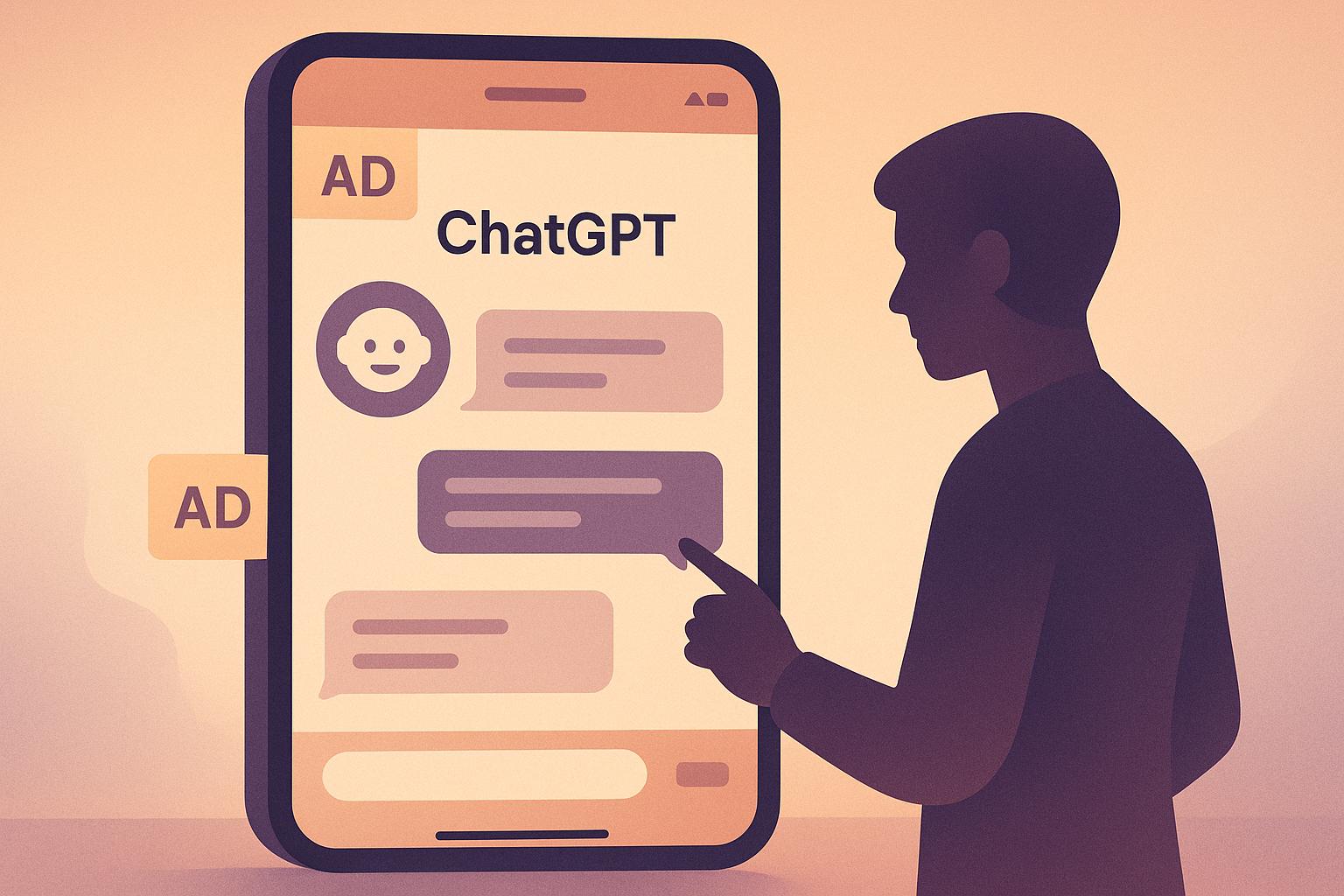


Learn how to measure and optimize ROI on developer marketing campaigns through key metrics and effective tools.
Developer marketing ROI isn't just about sales. It's about technical adoption, community growth, and revenue impact. Here's how you can track and improve it:
Key Metrics to Watch:
- Developer Engagement: API call frequency, GitHub activity, and documentation views.
- Product Usage: SDK implementation rates, feature activation, and onboarding completion.
- Revenue Impact: UTM tracking, CRM integration, and bug report analysis.
Tools to Use:
- Google Analytics 4: Custom dimensions for developer actions.
- GitHub Insights: Repository engagement metrics.
- daily.dev Dashboard: Unified view of developer engagement.
Attribution Models:
- Position-based: Balances first, last, and middle touches.
- Time-decay: Focuses on recent engagement.
- Custom Technical: Prioritizes documentation and API usage.
Use these strategies to connect early engagement with long-term revenue, optimize campaigns, and focus on what developers need most.
Core ROI Metrics for Developer Marketing
Developer Engagement: Key Performance Indicators
To gauge real technical adoption, focus on these KPIs tied to developer actions:
- API call frequency: Over 50 daily requests typically indicates strong adoption.
- Documentation engagement: Aim for an average view duration of 3+ minutes.
On GitHub, keep an eye on:
- Repository stars and forks
- Pull request activity
- Number of active contributors
- Speed of issue resolution
For context, projects with 10+ active contributors per week tend to resolve issues three times faster.
Product Usage and Feature Uptake
To assess how well your product is being implemented, monitor these benchmarks:
- SDK Implementation Rate: A rate above 85% suggests technical readiness.
- Feature Activation: If 30% or more of users activate features within 90 days, it signals a good product-market fit.
- Weekly API Usage: More than 20 calls per user indicates deeper integration.
- Onboarding Completion: A drop-off rate below 20% reflects effective documentation.
Quick responses on forums matter too. Stack Overflow data shows that responding within 2 hours can boost conversions by 35%.
Sales Impact and Revenue Tracking
To tie developer engagement to revenue, use advanced attribution strategies that span the entire sales cycle:
- UTM parameters: These help isolate the impact of specific campaigns.
- Community platform and CRM integration: This ensures a seamless flow of engagement data.
Interestingly, developers who submit three or more quality bug reports are four times more likely to upgrade to paid plans compared to less engaged users.
Daily.dev reveals that 68% of top-performing teams use specialized developer analytics tools alongside standard marketing platforms. This combination captures the full developer journey, linking early engagement to longer sales cycles. We'll dive into these analytics systems in the next section.
Setting Up ROI Measurement Systems
Analytics Tools for Developer Marketing
To effectively measure ROI in developer marketing, you need the right tools and configurations. Here’s how to set up tracking systems tailored for technical audiences:
- Google Analytics 4: Start with this as your base but customize it for developer-focused tracking. Add custom dimensions to capture details like preferred programming languages and frameworks. Use structured event hierarchies to track interactions, and enable server-side tracking to monitor command-line interface activity.
- GitHub Insights: This tool provides valuable data on repository engagement. Configure it to track metrics such as code review participation rates, which are key indicators of developer involvement.
- daily.dev Analytics Dashboard: For a more unified view, this dashboard specializes in developer engagement metrics. It complements traditional tools by linking technical content consumption to conversion events, offering better visibility into the developer journey.
Attribution Models for Developer Campaigns
Developer campaigns often involve longer evaluation cycles, so attribution models need to reflect this complexity. Here are three models to consider:
| Attribution Type | Credit Distribution | ROI Measurement Strength |
|---|---|---|
| Position-based | 40% first touch, 40% last touch, 20% middle | Ideal for campaigns involving complex toolchains. |
| Time-decay | Weighted toward recent touches with a 2x multiplier for documentation | Works well for trial-based products. |
| Custom Technical | 30% documentation, 30% API testing, 40% implementation | Best suited for API-focused solutions. |
To ensure your attribution models are accurate, use these strategies:
- Controlled Channel Testing: Run campaigns targeting specific channels in isolation. Compare the predicted conversion paths with actual sales data from your CRM. Extended engagement with documentation often aligns with higher conversion rates.
- Anonymous Touch Tracking: Use browser storage to capture first-touch referrer data, even for users who haven’t logged in. This allows you to connect early documentation visits to later authenticated actions based on behavior patterns.
- API Usage Integration: Track metrics like authentication rates, endpoint usage, and error trends during implementation. These provide hard data on product adoption and help validate your attribution models.
sbb-itb-e54ba74
Marketing Channel Analysis and Improvement
Once you've set up your measurement systems, it's time to dive into analyzing how well your marketing channels are performing. Here's how you can approach it:
Channel Performance Comparison
Looking at data from successful developer marketing campaigns, some clear trends emerge regarding which channels work best.
For example, technical content platforms deliver mixed results, but there are standout cases. A cloud provider discovered that developer-focused content on daily.dev boosted feature adoption rates by 40% compared to standalone blog posts.
Meanwhile, channel attribution data reveals that 68% of developer tool conversions require three or more touchpoints before a purchase happens.
| Channel Type | Key Metrics | ROI Indicators |
|---|---|---|
| Technical Blogs | Time spent on page, links | Visits to documentation, trials |
| Community Platforms | Upvotes, shares, saves | Feature usage rates |
| Developer Forums | Thread depth, response quality | Fewer support tickets |
Testing and Results Analysis
To confirm which channels truly drive results, you can use these testing methods:
1. Sequential Testing
This involves running campaigns in a step-by-step manner to track impact. For instance, a Reddit AMA for an open-source project led to a 12% growth in contributor signups, with a 95% confidence level.
2. Geographic Testing
A CI/CD platform tested different channel mixes across regions, saving $150 per acquisition by comparing results between geographic cohorts. This approach helped validate their position-based attribution model.
Another example: A database company linked trending posts on daily.dev to tutorial lead captures, which shortened their sales cycle by 18%.
Here are a few ways to measure performance during testing:
- Compare US developers (daily.dev campaigns + email) with EU developers (forum ads only)
- Track cost per qualified lead
- Measure time-to-first GitHub star
- Monitor reductions in support ticket volume
For instance, a cybersecurity platform saw demo requests jump 22% after simplifying API links and tying them to documentation engagement.
Conclusion: Implementing ROI Insights
By applying the metrics and systems discussed earlier, teams can turn raw data into meaningful actions. Measuring ROI effectively means combining numbers with real-world context. For example, companies using multi-touch attribution report 30% faster optimization cycles, especially when tracking documentation engagement, which correlates with 45% higher campaign success rates.
To optimize campaigns, consider splitting budgets wisely: 70% for proven strategies and 30% for experimental initiatives. This ensures steady performance while leaving room for growth and innovation.
Using centralized dashboards is another smart move. These tools help track specific campaign goals across different channels [6], and data reveals that well-aligned developer programs often achieve a 5:1 engagement-to-conversion ratio.
Focus on metrics that highlight developer needs, and use centralized dashboards to monitor progress. The most effective programs blend data-driven insights with community feedback, creating a feedback loop that connects early engagement to long-term value. This approach reinforces a key idea: success in developer marketing hinges on linking initial interactions to sustained value creation.






